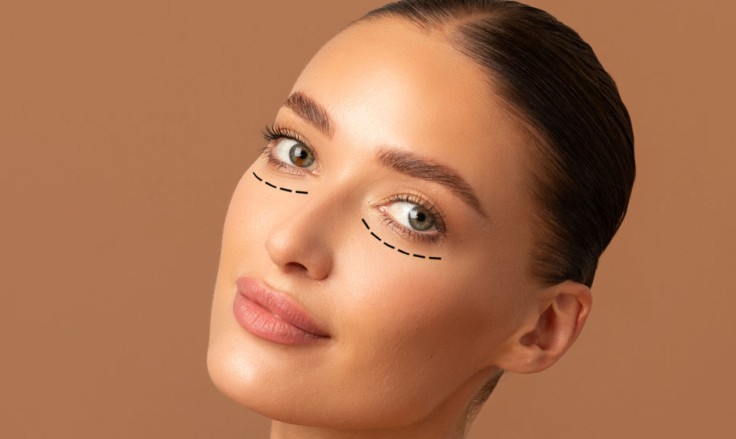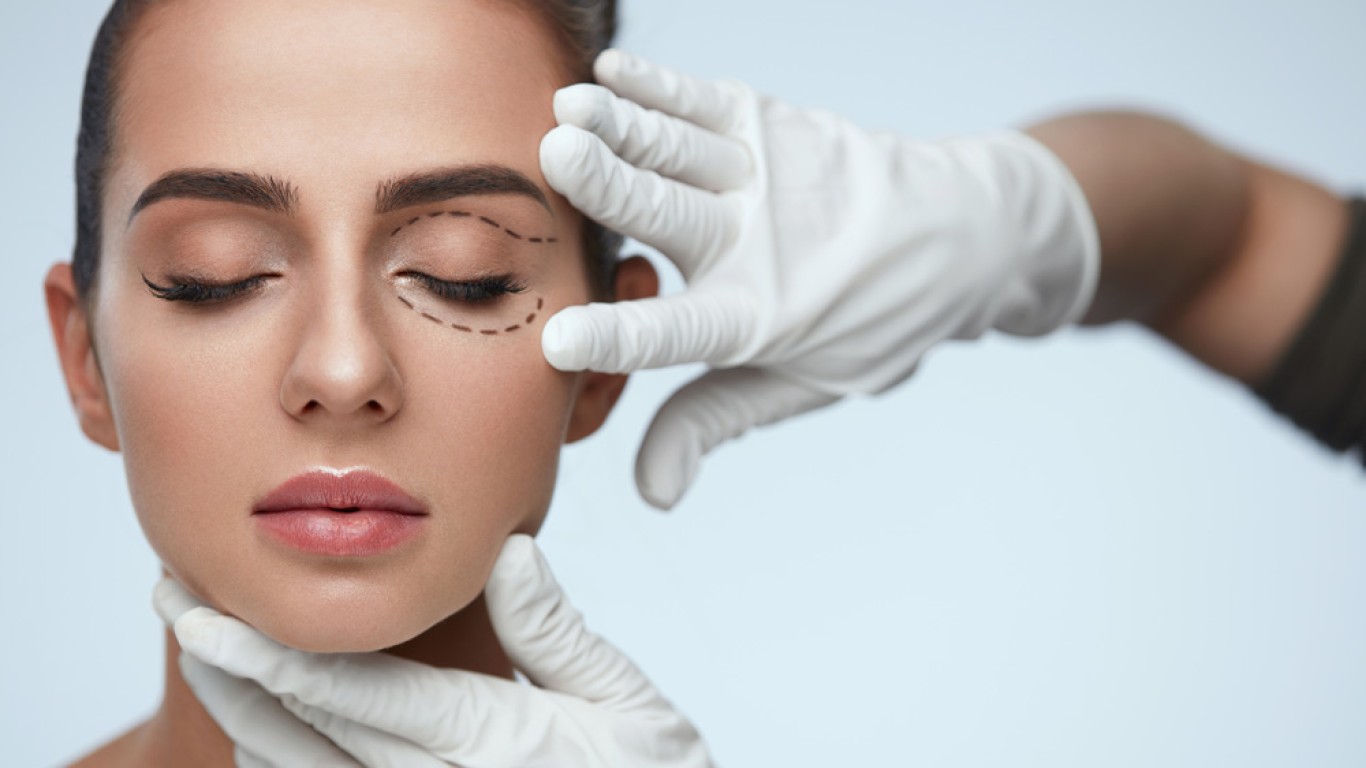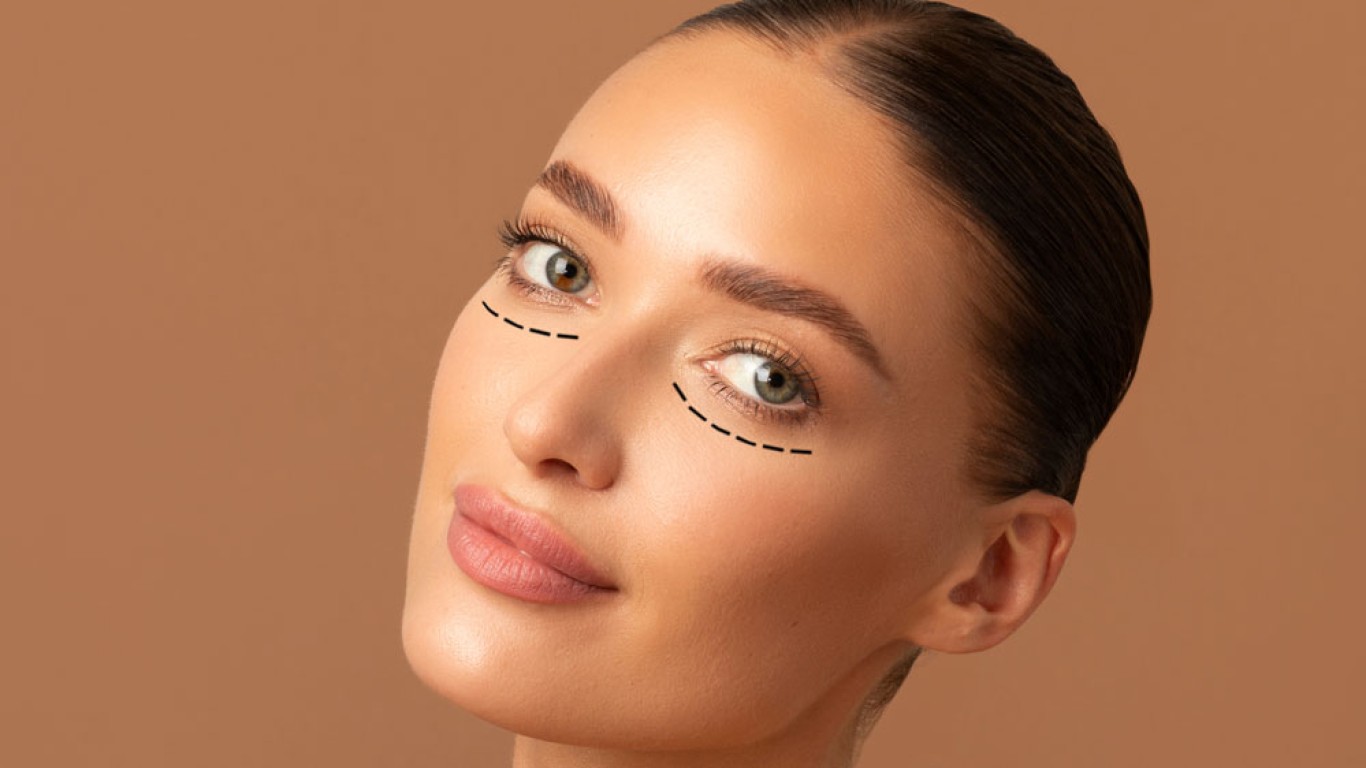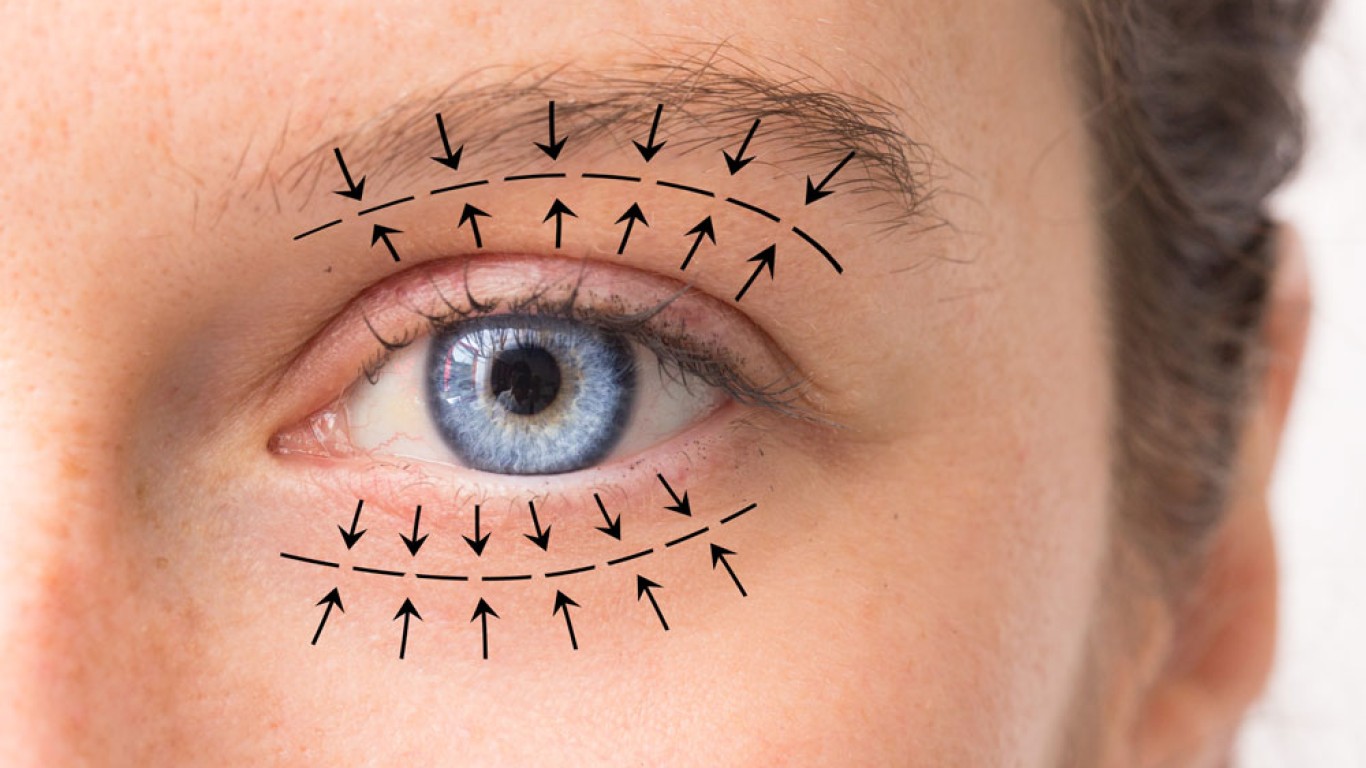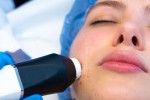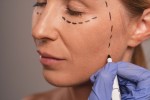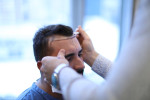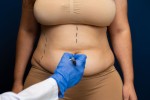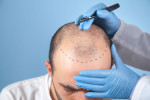Blepharoplasty is a popular procedure for enhancing the eye area by removing sagging skin or fat. It’s commonly known as eyelid surgery. Whether done for cosmetic or functional reasons, recovery is a major consideration. Knowing what to expect week-by-week can help you feel more confident and prepared. In this article, we break down the typical blepharoplasty recovery timeline and what happens at each stage.
The Day of Blepharoplasty Surgery
After your blepharoplasty, you'll likely feel groggy due to anaesthesia. You may have some mild discomfort, tightness or a stinging sensation around your eyes. Swelling and bruising start immediately. Ice packs and head elevation are key to managing these early symptoms. Additionally, your surgeon may apply ointment or small bandages over the incisions. You’ll receive instructions about medication, sleeping position and when to return for follow-up. Although you can go home the same day, you’ll need someone to assist you.
Week 1: Rest and Initial Healing
The first week is the most critical for healing. Swelling and bruising reach their peak during the first 48 hours. Use cold compresses frequently and keep your head elevated, even when sleeping. Most people experience blurred vision from swelling or ointment, but this is temporary. Your stitches will usually be removed by day five to seven. During this time, it’s best to avoid strenuous activity. While discomfort is manageable with prescribed pain relief, your appearance may still be noticeably swollen or bruised. Despite the visible swelling, many patients report that recovery feels easier than expected. Because eyelid tissue heals quickly, you may already notice some improvements even during this early phase.
Week 2: Swelling Starts to Subside
By the second week, most visible bruising has started to fade. Swelling remains, but is reduced significantly. You may feel comfortable returning to work or social activities, especially if your job is not physically demanding. Additionally, you can begin to use makeup to conceal any residual bruising once the incisions have fully closed. Always check with your surgeon before applying products to the treated area. Although you’re still healing, you'll start seeing early improvements in the contour and appearance of your eyelids. This is a positive sign that the blepharoplasty is progressing well.
Week 3: Feeling More Like Yourself
Most people feel much better by week three. The majority of the swelling has gone down, though a small amount may linger. Your eyelids will look more defined and youthful. Some patients notice light sensitivity or temporary dryness, but these symptoms typically improve. At this stage, your incisions are well into healing. Any redness along the incision lines will gradually fade. You can begin light exercise again if your surgeon approves it. Moreover, your confidence may increase as your appearance continues to improve. Friends and colleagues may start to comment on how refreshed you look—often without realising you’ve had surgery.
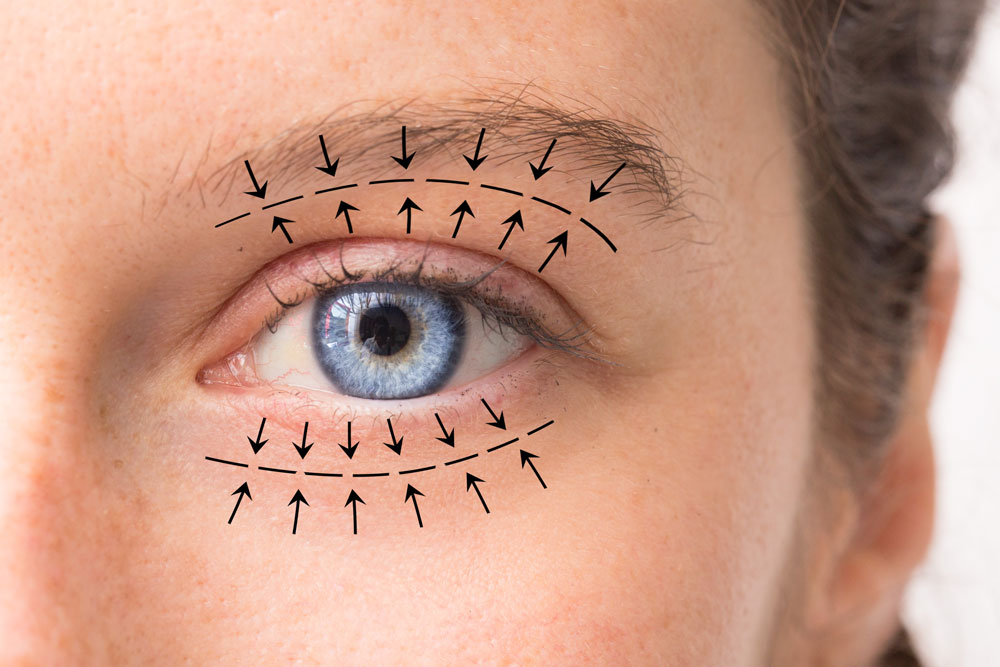
Week 4: Resuming Normal Activities
By week four, you’re likely back to your regular lifestyle. Most people can resume all normal activities, including more vigorous exercise. Your incisions will have flattened and faded further, though some discolouration may remain. Importantly, results from your blepharoplasty are now clearer. The eyes appear more open, the contour is smoother and puffiness is greatly reduced. If you had upper and lower eyelid surgery together, both areas should be healing in tandem by now.
Although some residual swelling may persist, especially in the mornings, it’s not usually noticeable to others. Continue following your surgeon’s skincare recommendations to support the healing process.
Weeks 5–6: Long-Term Refinement
During weeks five and six, the final stages of healing begin. Any residual swelling and tightness should now be minimal. The incision lines will continue to lighten, becoming less visible over time. This is also the point where your blepharoplasty results begin to feel permanent. You should be able to appreciate the full effect—brighter, more alert-looking eyes and smoother eyelids. Any minor irregularities you may have noticed earlier should begin to settle naturally. Additionally, your skin texture may continue improving, especially if combined with laser treatments or skin resurfacing. Make sure to keep the area protected with sunglasses and SPF, as eyelid skin remains delicate.
3 Months and Beyond: Final Blepharoplasty Results
By the three-month mark, your healing is generally complete. Your incisions are well-blended with the surrounding skin, and your eyelids look naturally refreshed. There should be no lingering discomfort or sensitivity. This is the stage when most patients say they feel fully back to normal. The dramatic difference in before and after photos is clear, but the results are subtle enough to appear completely natural. Long-term, results from blepharoplasty can last several years. Maintaining your skin with good hydration, sun protection and regular care will help preserve your new look for longer.
How to Support Your Blepharoplasty Recovery
Although each person heals at a different pace, there are several ways to help the process along. Always follow your surgeon’s aftercare advice. Use any prescribed ointments or drops exactly as directed. Keep the eye area clean but avoid rubbing or applying pressure. Additionally, rest is vital. Sleep with your head elevated and avoid screen time if your eyes feel strained. Stay hydrated and maintain a healthy diet to support tissue repair. Moreover, avoid smoking or alcohol, which can delay healing. If you're unsure about anything during recovery, don't hesitate to contact your clinic for reassurance.
When to Seek Follow-Up Advice
While complications are rare, always contact your clinic if something feels unusual. Persistent redness, swelling that worsens after initial improvement or discharge should be checked promptly. Your clinic may schedule follow-ups throughout recovery to track your progress. These appointments are important, even if you feel fine. They help ensure your healing stays on track and any small issues are addressed early.
Conclusion
Understanding the week-by-week blepharoplasty recovery process helps you plan and feel more at ease. From initial swelling to long-term results, every stage offers visible progress. By following your surgeon’s guidance and allowing time to heal, you’ll enjoy a smoother contour and more youthful eyes. For more information and to book a consultation visit the ACIBADEM Beauty Center Blepharoplasty webpage.
Frequently Asked Questions
Most people recover in 2–4 weeks, with final results visible after 2–3 months.
It’s generally mild in discomfort. Pain can be managed easily with prescribed medications.
You’ll need to wait about two weeks before resuming contact lens use.
Scars are placed in natural folds and usually fade with time.
Most people return to work within 7–10 days, depending on the nature of the job.
